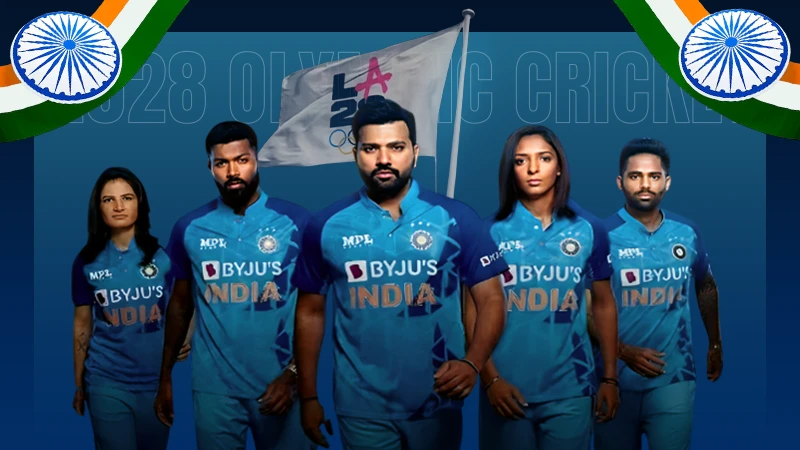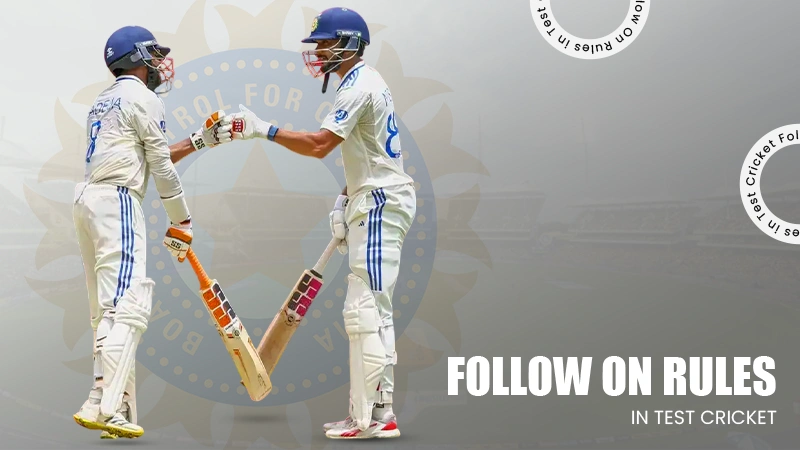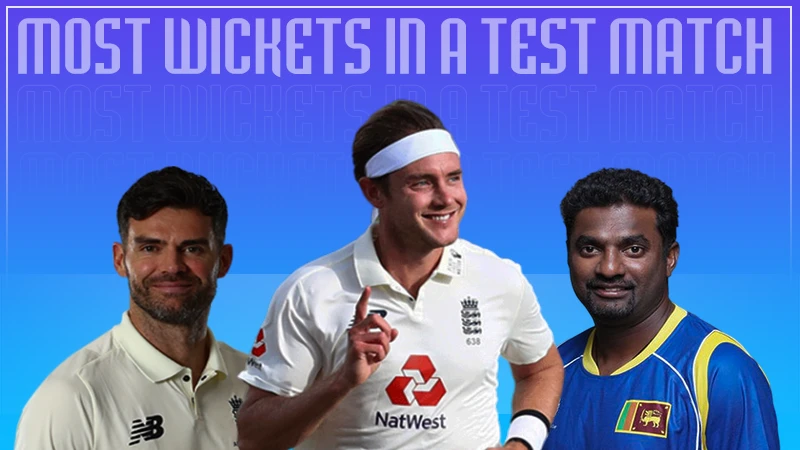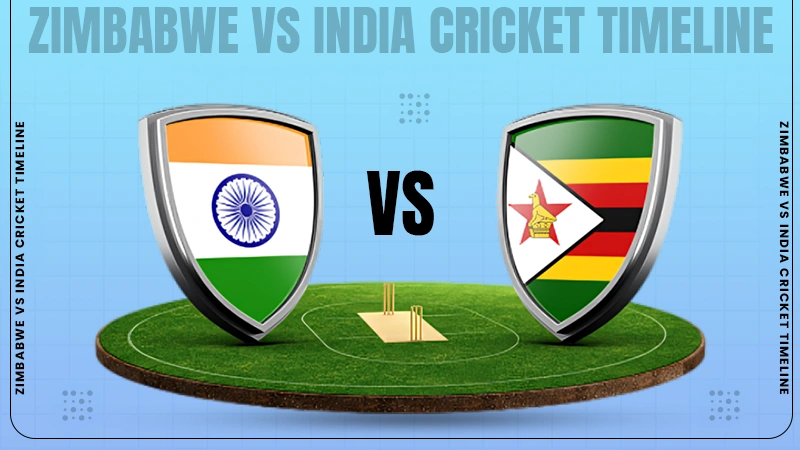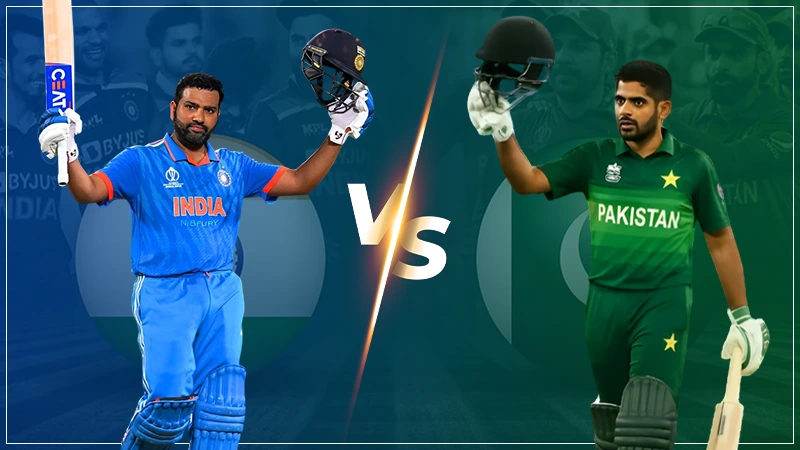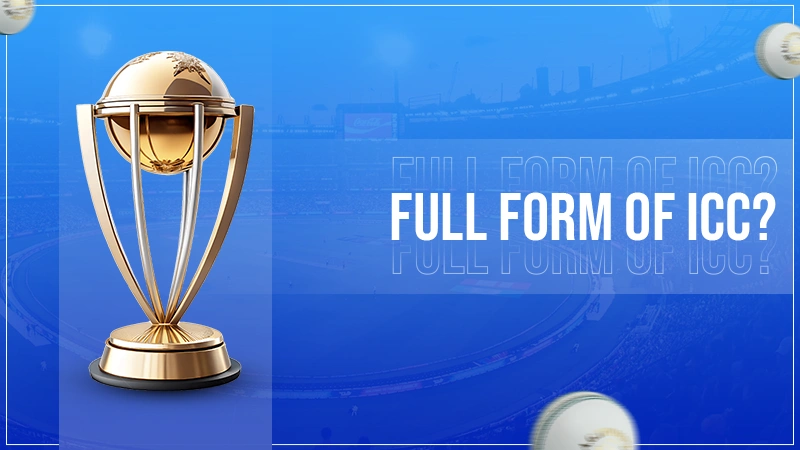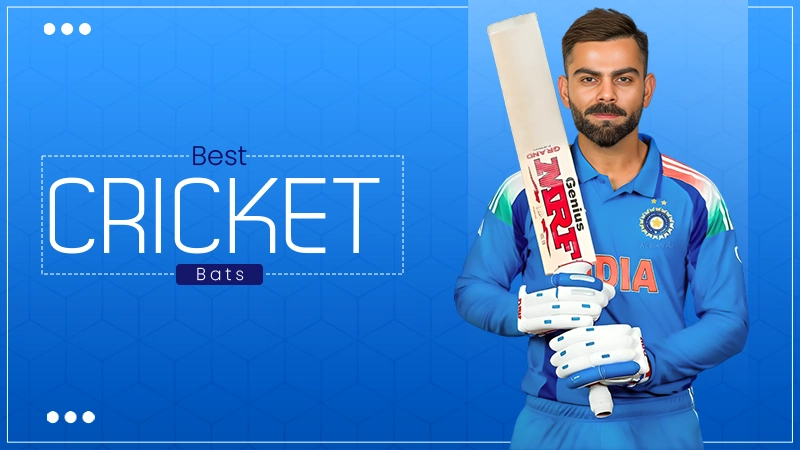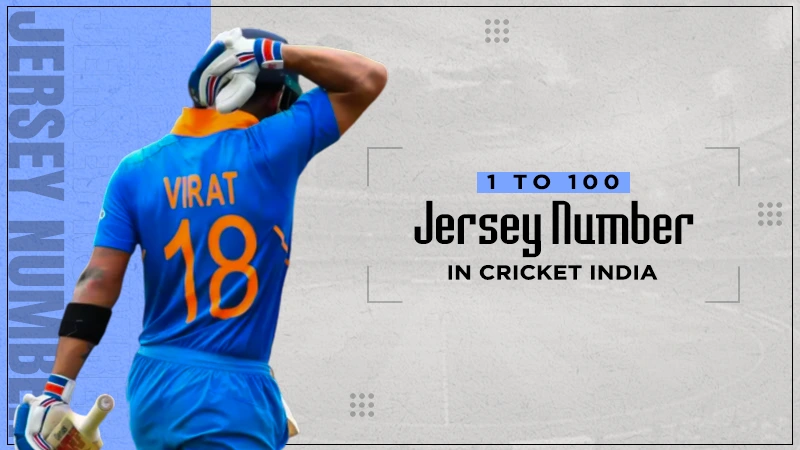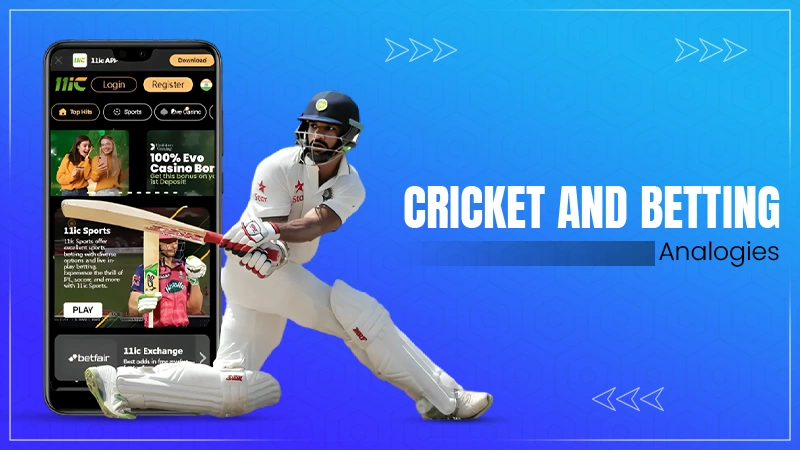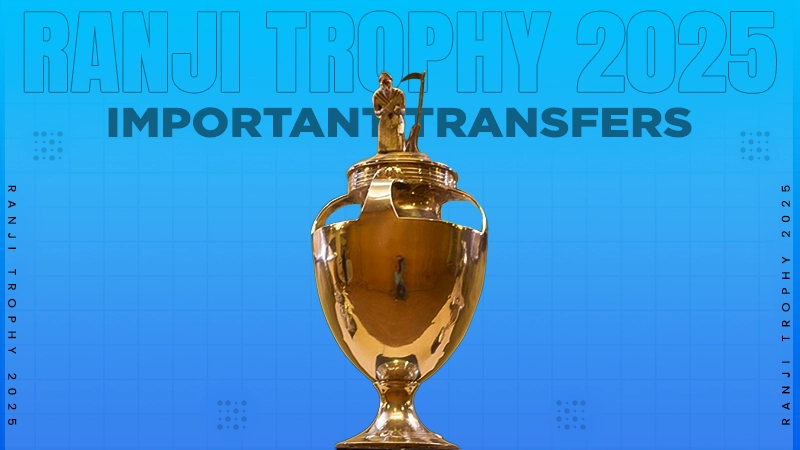
What is a Power play in Cricket? What You Need to Know About Powerplay
In the sport of cricket, there are many strategies, complexities, and rules. One of the most important rules in the limited overs format is powerplay in cricket.
Powerplay is a specific period in limited-overs games when fielding restrictions are imposed – which provides an opportunity for the batting team to score more runs.
The fielding restriction rule was first introduced in the 1980-81 Australian season. Officially, this rule has been in ODI cricket since 1992 and was called the fielding restriction rule. However, in 2005 ICC renamed it to Powerplay – the modern version of the rule. There have been many tweaks to the rule to compensate for modern cricket.
Today, we will delve into ‘what is power play in cricket’ and what a cricket fan should know about powerplay.
What is Power play in Cricket?
Powerplay is a specific period or a set of overs in a limited-overs match when certain restrictions are imposed upon the fielding team – allowing the batting team to score runs freely and giving them an advantage over the fielding team. It provides players with opportunities to score 6 balls 6 six and create a record, just like Kieron Pollard did for West Indies. Powerplay meaning in cricket remains the same but the rules of engagement vary according to the different formats of cricket.
Mostly it consists of three sets of overs called power plays in ODI cricket. The first power play called Powerplay 1 is very important and it lasts for the first 10 overs in an innings in an ODI and the first six overs in a T20 game.
In the first powerplay of the game, only two fielders can be placed outside the 30-yard circle. This encourages the batting team to bat aggressively and score as many runs as possible.
While the fielding team wants to take early wickets to break the momentum of the innings. Because the first power play often sets the pace of an inning. So, a good powerplay in cricket is extremely important for both the team, whether they are bowling or batting.
How Does Power Play Work?
Now that we know what power play is, let’s look at how power play in cricket works.
In a powerplay, a set of rules apply to the batting team or bowling team. In a 50-over game, the power play is divided into three phases. It starts from overs 1-10, 11-40, and ends with 40-50. And the number of players allowed outside the 30-yard circle varies from phase to phase.
Sometimes the number of overs for each powerplay can change if the match is reduced to an N number of overs from 50. If the match is disrupted, the officials will announce the new playing conditions, and accordingly the powerplay in different phases changes for the team.
In a T20 game, the powerplay lasts for the first six overs when a maximum of two fielders can be placed outside the 30-yard circle. Beginning from the seventh over, a maximum of 5 fielders can be placed outside the 30-yard circle.
Rules of Powerplay in ODI Cricket
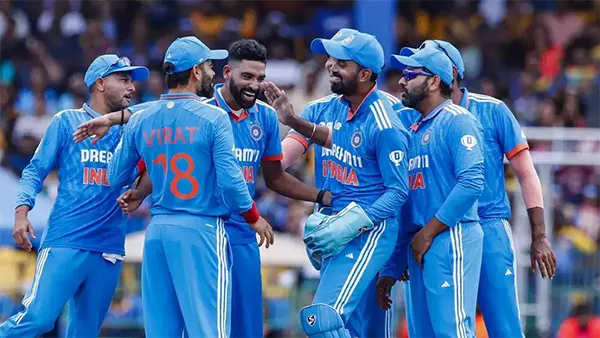
In 2005, the International Cricket Council introduced a new term called powerplay for enforcing the fielding restrictions rules in ODI cricket. Since then, there have been numerous amendments to the powerplay rules. It is now an important part of the game and the team creates strategies around it to take full advantage of it.
Do you know how many power plays in ODI exist?
In ODI cricket, there are three power plays when the fielding team has restrictions on how many players can be placed outside the 30-yard circle.
- Powerplay 1 (PP1) – Powerplay 1 consists of the first set of 10 overs in an innings. During this period, only a maximum of two fielders can remain outside the 30-yard circle.
- Powerplay 2 (PP2) – Powerplay 2 consists of the period immediately after the powerplay 1. It covers over 11-40 of an innings. In PP2 only a maximum of four fielders are allowed outside the 30-yard circle.
- Powerplay 3 (PP3) – Powerplay 3 starts from over 41 and lasts till the end of the game. In Powerplay 3, a maximum of five fielders are allowed to field outside the 30-yard circle.
These ODI powerplay periods are for a complete match. If a cricket match is affected by rain or weather issues, the powerplay periods can be adjusted according to the new playing conditions.
Rules of Powerplay in T20 Cricket
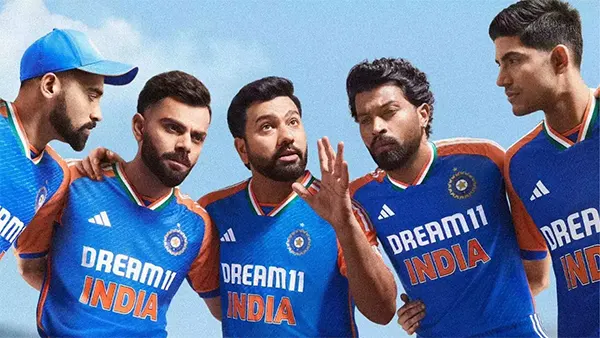
Powerplay rules in T20 cricket are not as complicated as in ODI. But still, players must understand T20 powerplay rules to take full advantage of that.
The simple powerplay rules in T20 are as follows.
- Powerplay 1 (PP1) – For the first six overs of a T20 innings, only two players are allowed the 30-yard circle.
- Powerplay 2 (PP2) (Informal) – From overs 7-20, a maximum of five players are allowed to field outside the 30-yard circle.
Powerplay 2 is not the official name for that time period in an inning. It is the informal and unofficial name for the playing conditions from overs 7-20. Another powerplay rule in T20 is that no more than five fielders can be placed on the leg side of the field at any given time, be it inside the 30-yard circle or outside.
The Meaning of Terms P1, P2 and P3 in Cricket
In the modern game, commentators and fans often use the terms P1, P2, and P3. Let’s understand what these terms represent in cricket.
- P1 stands for powerplay 1 in an ODI game or T20 game. It is the mandatory powerplay in both formats which is applicable to the first 10 overs of an ODI inning and the first six overs of a T20 inning.
- P2 stands for Powerplay 2 in an ODI game. It is applicable for overs 11-40 in an ODI inning.
- P3 stands for Powerplay 3 in an ODI game. There is no Powerplay 3 in the T20 game. It is applicable for overs 41-50 in an ODI inning.
Is There Any Powerplay in Test Cricket?
No, there are no power plays in Test cricket. It is the longest form of the game lasting for 5 consecutive days. The batting team can bat as long as they want or lose 10 wickets. So, the scoring rate is not that important in Test cricket.
That is why there is no need for a powerplay in Test cricket. Fans enjoy Test cricket nonetheless.
Concluding Remarks
Power play in cricket is an interesting concept that adds excitement to the game. It provides ample opportunities for batters to score more runs. It also provides opportunities for bowlers to take wickets as batsmen often make mistakes when playing shots in the powerplay.
The powerplay influences the course of the match. By understanding the power play better, fans can understand and appreciate the sport a lot better for its intricacies and complexities.
Powerplay remains an important part of limited overs cricket, whether it’s the explosive stroke play or strategic decisions made by captains and coaches. Run Machine like Virat Kohli perfectly understands the powerplay’s importance and takes advantage. Well, it is not for ODI, Test or for T20 but also for the IPL. Therefore, you are free to the check the highest powerplay scores in IPL history
I hope this information is more than enough for you to understand the intricacies of an interesting cricket rule better.
FAQs
Ans: There is only one power play in T20 cricket. The powerplay in T20 cricket lasts from overs 1-6 in each inning.
Ans: The purpose of the powerplay in cricket is to make matches interesting and entertaining by allowing batsmen to score runs more freely.
Ans: P1, P2, and P3 are three power play periods of an ODI cricket game.
Ans: Well, it depends on the format and power play number. In the T20 game, the powerplay lasts for the first six overs of an inning. While ODI Cricket consists of three power plays. The powerplay P1, P2, and P3 lasts for 0-10, 11-40, and 41-50 respectively.
Ans: In P1, only two fielders are allowed outside the 30-yard circle. In P2, only four fielders are allowed in the 30-yard circle. In P3, five fielders are allowed in the 30-yard circle.
